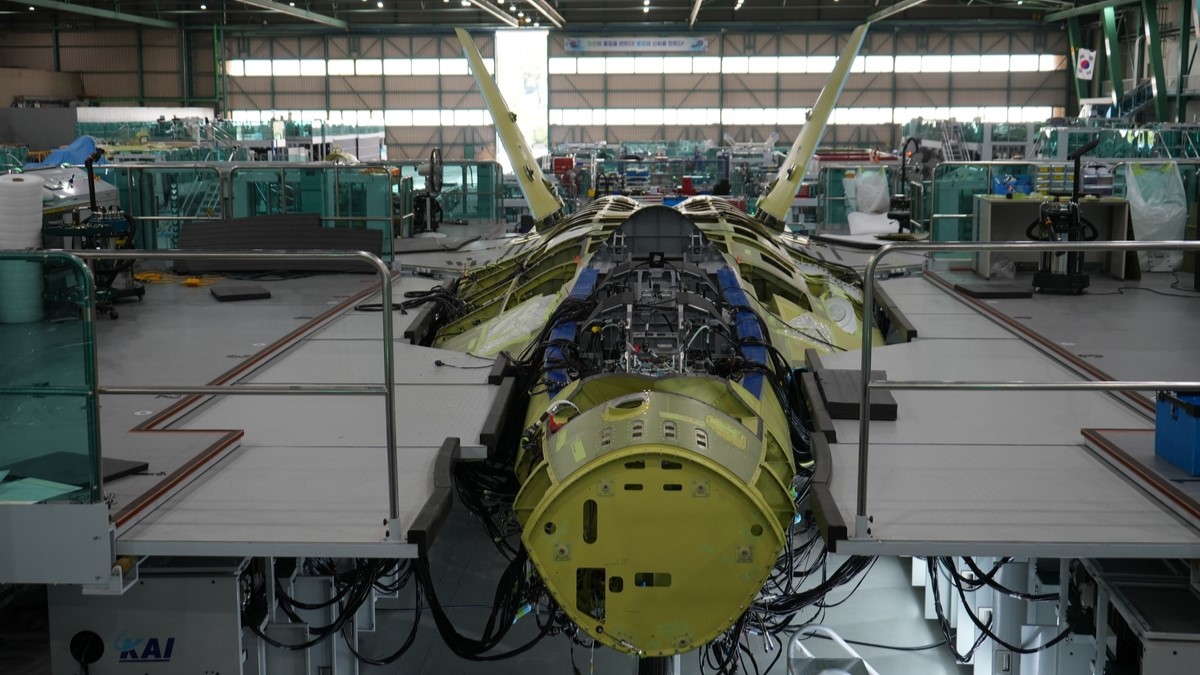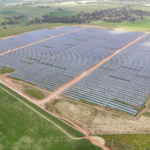Molecular Design of Imino Anion Acceptors Enables Long‐Life Fluoride Ion Batteries
Advanced Energy Materials, Volume 15, Issue 19, May 20, 2025.

A strategy for molecular structure design toward imino anion acceptor is proposed by introducing double bonds and pyridine-N into the five-membered-ring of pyrrolidine to enhance the Lewis acidity of imino group and enable long-life fluoride ion batteries. The modified electrolyte enables highly reversible cycling of fluorination and defluorination for CuF2||Pb full cells, PbF2-Pb||PbF2-Pb symmetric cells, and PbF2||Pb asymmetric cells.
Abstract
Anion acceptors (AAs) enable to dissolve metal fluoride salts and achieve reversible fluorination and defluorination in fluoride ion batteries (FIBs). However, most reported strategies only focus on boron- and alcohol-based AAs with strong Lewis acidity and excessive hydrogen bond (HB) strength, which often leads to the uncontrollable mass loss of active materials and the inferior reduction stability of electrolyte. Although amino and imine groups possess preferable anti-reductive property, their HB strengths are apparently too weak to dissociate fluoride salts. Here a novel strategy is proposed for molecular structure design toward imino AAs by introducing double bonds and pyridine-N into the five-membered-ring of pyrrolidine. Therein the conjugation effect, inductive effect, and α effect are synergistically utilized to enhance the Lewis acidity of imino group. Theoretical calculations and experiments prove that 1,2,4-triazole AA retains the reduction stability in the maximum extent while increasing the HB strength of imino group. Based on this imino AA, the electrolyte achieves an unprecedented wide electrochemical stability window (5.5 V), enabling highly reversible cycling of fluorination and defluorination for CuF2||Pb full cells (>300 cycles) with a Cu+-mediated two-step redox mechanism, for PbF2-Pb||PbF2-Pb symmetric cells (1600 h) with low overpotential, and for PbF2||Pb asymmetric cells with high coulombic efficiency.


















































































































































